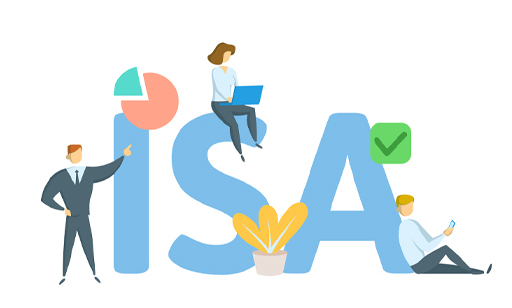4 The savings supermarket: Should you get an ISA?
When putting money into standard savings you have a number of choices to make, many of which were detailed in the previous section. One further choice is whether to save in a normal savings account or use a cash Individual Savings Account (ISA), available to anyone who is 18 or older (as of 2024/25).
Cash ISAs are like standard savings accounts but there is no tax to pay on the interest. Cash ISAs are distinct from Stocks & Shares ISAs which are a way of investing in company shares and other securities. We’ll look at Stocks & Shares ISAs later in this session.
Each tax year, the government sets an annual limit on the amount of new savings that can be placed into ISA products. In 2024/25 this was £20,000.
Note that the choice between standard savings and a cash ISA is not the no-brainer it once was. Until 2016 the cash ISA was the clear winner due to its tax-free status.
But since then, the personal savings allowance has come in (explained later in this session) which means the vast majority of people do not pay tax on their normal savings anyway, so in many cases the choice comes down to getting the best rate when looking at both normal savings and cash ISAs. Do note that ISAs will hold their tax-free status indefinitely (unless the rules change) so may still win in the long run, as you may pay tax if your normal savings build up.
Special ISAs for the under 18s
A Junior ISA can be opened by a child or their parent or guardian specifically for their child’s future. Only the child can access the money saved and only from the age of 18.
Like normal ISAs, they can be opened as either cash or stocks and shares ISAs, with an annual limit of £9,000 in new money a year applying for the 2024/25 tax year.
Yet as a Junior ISA, the money is locked away until the child’s 18th birthday. It’s then theirs to do whatever they want with.

